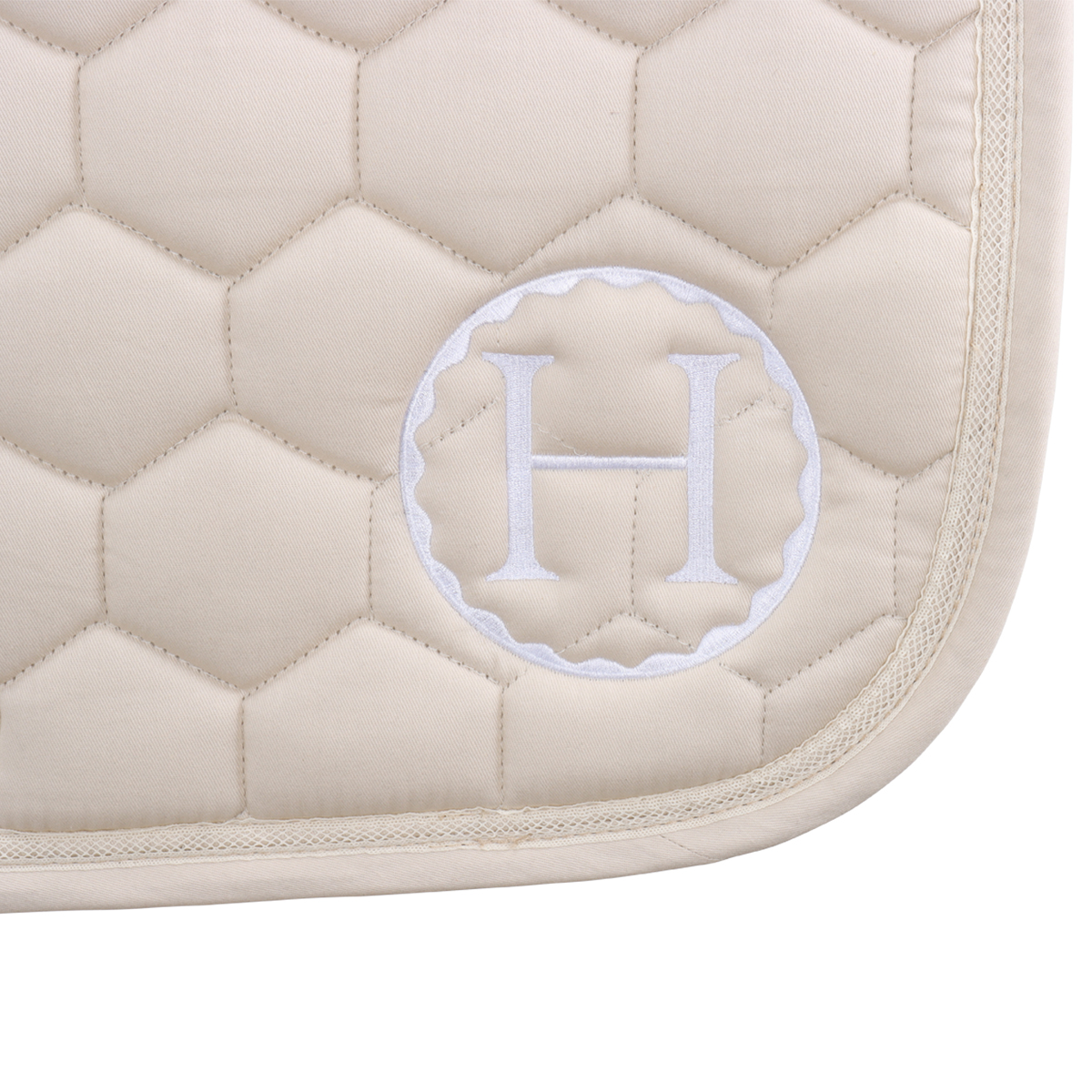

Get the basics right
The rules and regulations have been altered recently. Whereas earlier you were obligated to ride your horse with a double bridle once hitting Adavanced Medium level, it is now no longer obligated at Advanced Medium level. You can now still choose to ride with a regular bridle. If you wish to transition there are two very important questions: Is your horse ready? And are you ready to ride with a double bridle?
A double bridle has a different, sharper influence in your horse’s mouth than a normal bit. The natural aids from your hands are thus far more intense. Consequently, the rider should be able to keep their hands still and have a correct, balanced seat as to not disturb the horse without reason.
A healthy and well-trained horse is the number one thing to keep in mind when choosing a bit. The capabilities of both rider and horse should be taken into account before deciding to ride in a double bridle. The double bridle is a bridle which refines your aids and it should never ever be used as a solution to a problem.
The right size
When finding the right combination of curb bit and bradoon bit it is important to pick the right size. We’re not just talking about bridoon width, but also about curb bit size. A curb, or Weymouth, bit is a leverage bit. The sides of the curb bit are called the shanks, the longer the shank the greater the leverage. A short shank is about 5 cm long and has a shorter and more direct gag function. Whereas a long shank, of about 7 cm has a larger circumference of pull.
A curb bit exerts pressure upon the diastema, the tongue and the palate. If you want to have a feel what it´s like you can place your hand between mouthpiece and curb chain, have some exert pressure on the reins and you´ll feel the effect on your wrist.
The horse´s mouth has limited space for a bit. The average interdental space is 2 centimetres. This is why a thick mouthpiece is not recommended. The mouth has somewhat of a funnel shape forwards. The curb bit is placed in the front of the normal bit, this is why it should 0.5-1cm smaller than your normal bit. The bridoon should be the regular size. A curb bit can be combined with any bridoon, whether it’s an eggbut snaffle or a loose ring snaffle.
Different shapes
The curb bit is available with different mouthpieces. For example a Bemelmans Weymouth bit has an anatomic shape which is gentle on the interdental space, rather your aids reach the horse in the middle of the tongue. The applied pressure is distributed evenly on the tongue, which means your horse will follow your aid more easily.
Doubting which bit is the right for you? Get the right advice in a store or from JRS. If you wish to know more about finding the right bit, make sure to check out this other blog:
Finding the right bit in 4 easy steps.